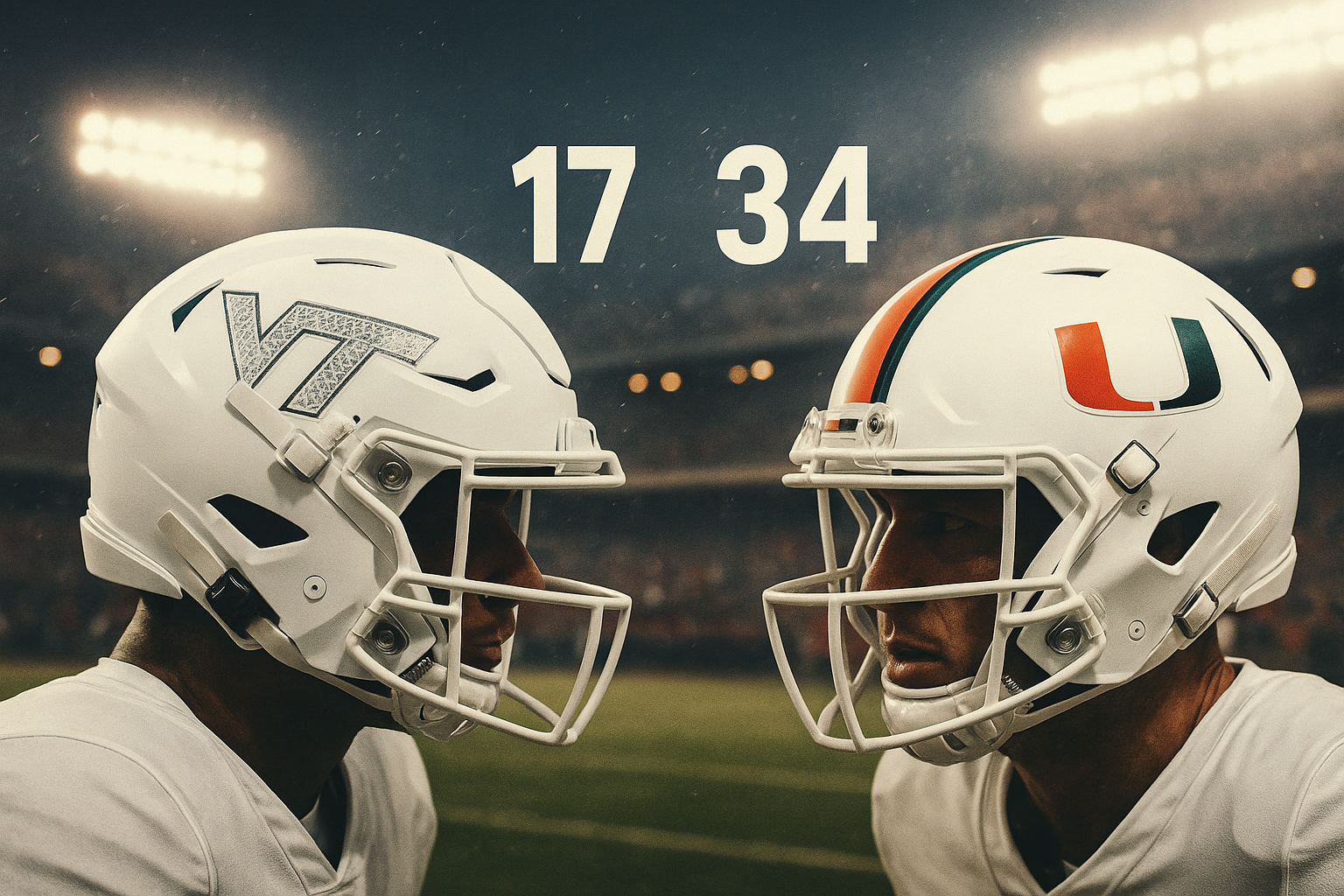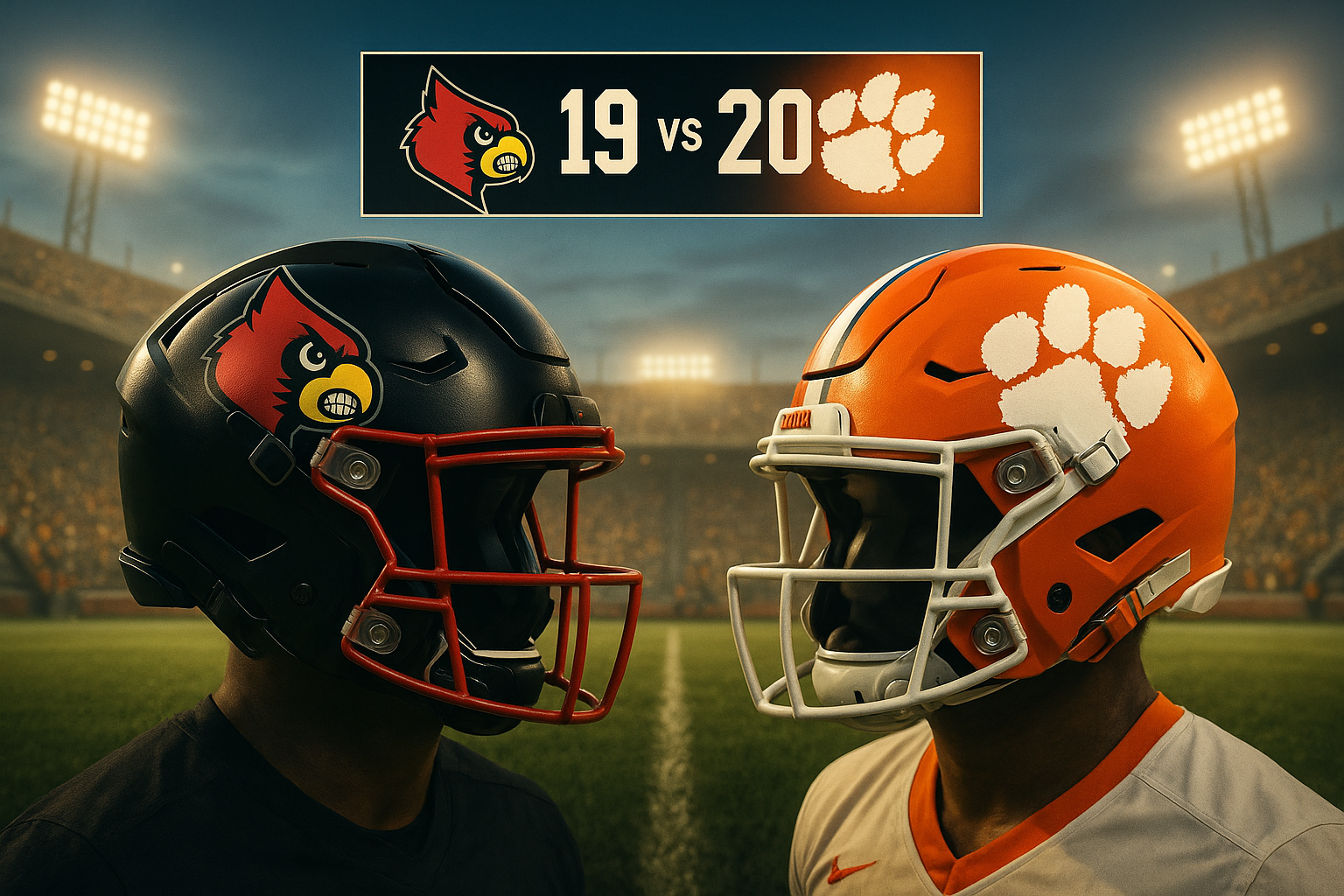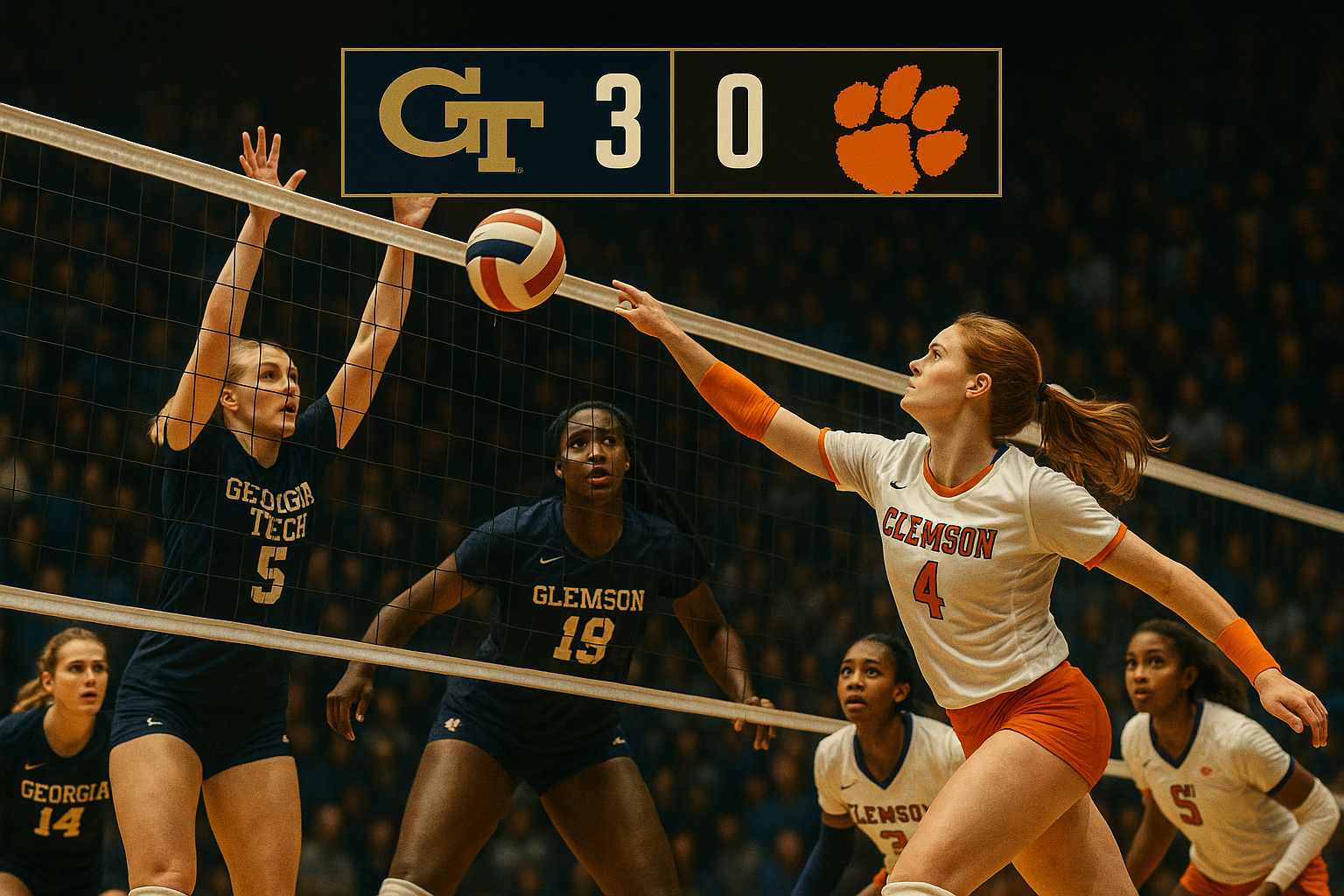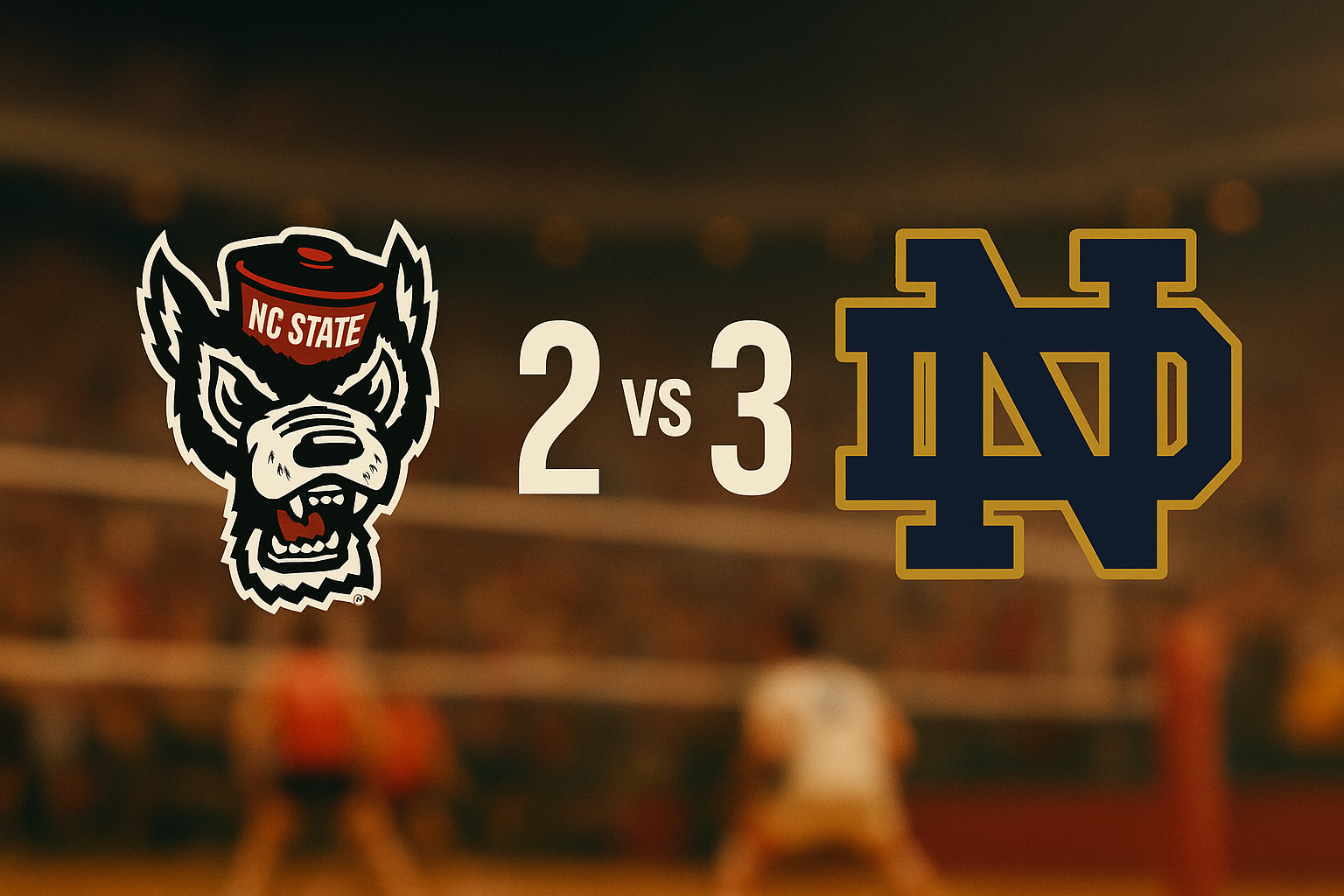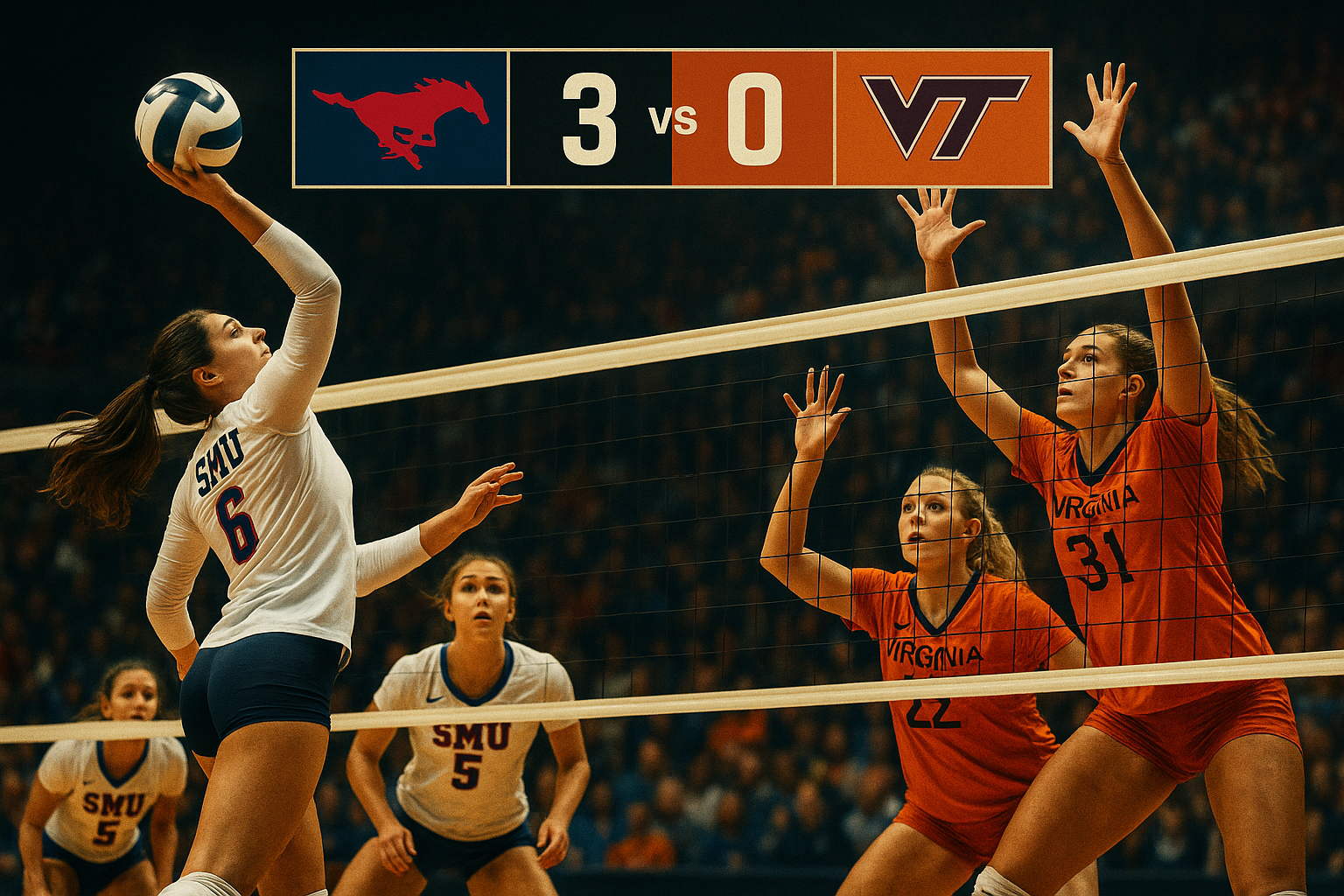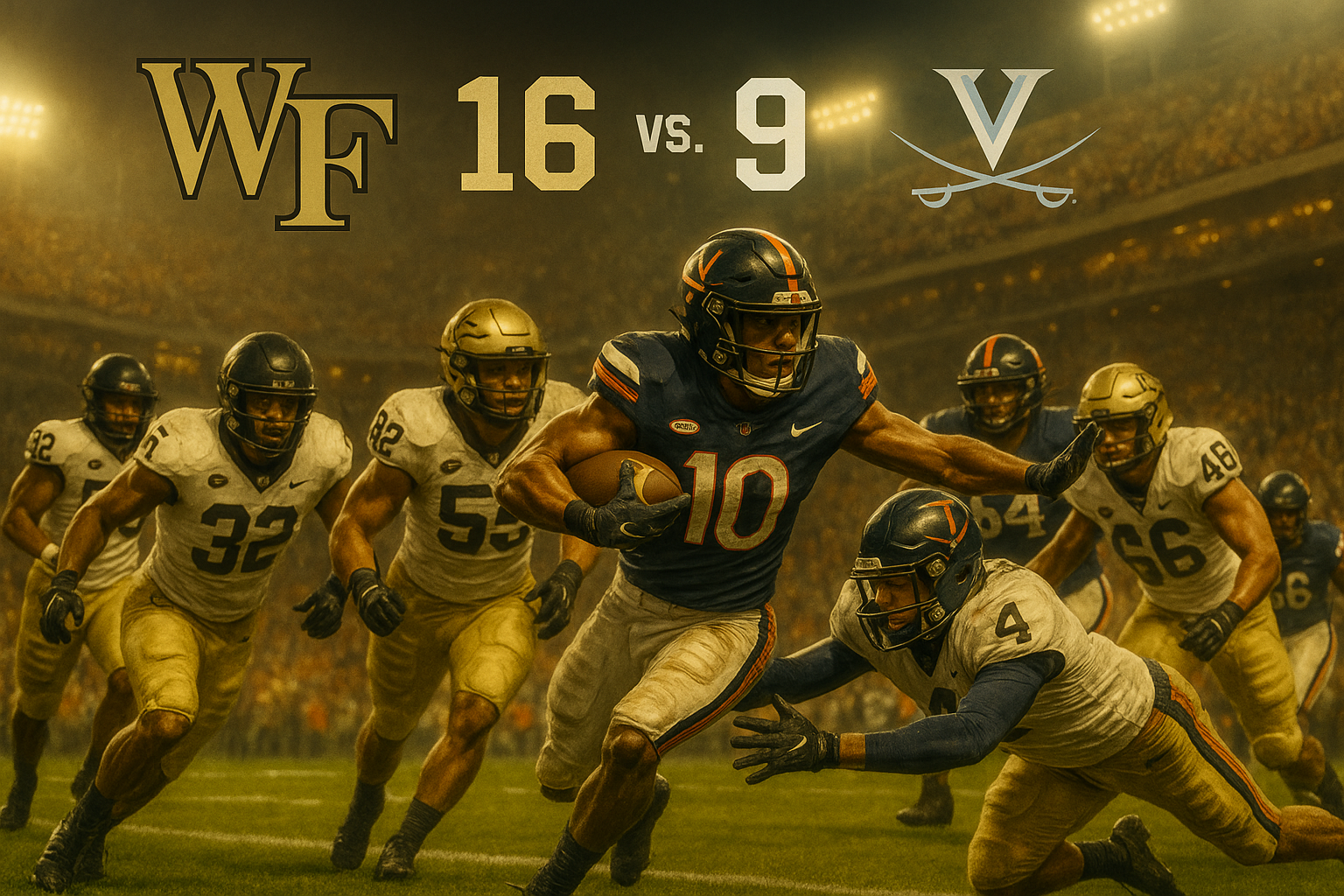NFL and College Football Playoff Enter Full-Fledged TV Turf War Over December Saturdays
The Shield Flexes Its Might, Scheduling Key Games on Same Day as CFP’s First Round
The NFL and the College Football Playoff (CFP) are now officially competing for the same television real estate — and the gridiron rivalry isn't on the field. This December, both leagues are staging major games on the same Saturday, igniting a broadcast ratings battle that could reshape future scheduling strategies.
On Saturday, December 20, 2025, the NFL will air two high-profile games: an NFC East matchup between the Philadelphia Eagles and the Washington Commanders, and a clash between the Green Bay Packers and Chicago Bears. On the same day, the CFP will host three of its four first-round playoff games. With millions of viewers on the line, the decision sets up a direct conflict between college football’s newly expanded postseason and the NFL’s regular-season playoff push.
A Modern Collision Fueled by Expansion
This isn’t the first time these titans have clashed, but it's arguably the most significant yet. With the CFP's move to a 12-team playoff format, its schedule now extends deeper into December — a window once dominated by college football alone. But the NFL has steadily crept into that territory, making bold moves that show no signs of deference to the college ranks.
In 2024, the same setup resulted in a clear win for the NFL. While the CFP’s opening round averaged a solid 10.6 million viewers per game, the two college games that directly overlapped with NFL matchups drew significantly fewer viewers — including just 6.4 million for Penn State vs. SMU. In contrast, NFL contests like Ravens-Steelers averaged 15.4 million viewers, underscoring the NFL’s gravitational pull in prime broadcast slots.
Legal Origins and the Limits of the SBA
This scheduling showdown traces its roots back to the Sports Broadcasting Act of 1961, which granted professional leagues like the NFL the ability to pool and sell broadcast rights collectively — a critical step in the NFL’s rise to television dominance. However, the act also carved out specific broadcast protections for high school and college football: Saturdays between noon and 6 p.m. during the fall were safeguarded to protect the amateur game.
But that protection only applies through the second Saturday in December. Once mid-December arrives, the NFL is legally free to schedule games — and now, it does so without hesitation.
Money and Power: Why the NFL Keeps Pushing
The reason for this strategic encroachment is simple: money. The NFL’s broadcast rights command billions of dollars annually. When the league identifies untapped windows — like late December Saturdays or even Black Friday — it moves in, confident in its unparalleled brand strength.
College football has become collateral damage in that strategy. Once dominant on Saturday afternoons and evenings, college football is now finding itself pushed out or diluted. Even Thursday night, once a stronghold for ESPN’s college football coverage, has now been overtaken by the NFL’s exclusive Amazon broadcast rights. The result: Group of Five games filling what was once a marquee spot for high-profile matchups.
College Football's Quiet Struggle for Leverage
Leaders within the CFP, including executive director Rich Clark, have acknowledged the conflict and initiated discussions with NFL commissioner Roger Goodell. But the outcome of those talks has so far been limited. The NFL continues to schedule games in direct competition with college football, and the CFP must scramble to maintain visibility amid the onslaught.
College football administrators hope for cooperation, but the league lacks leverage. Unlike the NFL, which operates with complete control over its calendar and media partners, college football must navigate school schedules, conference agreements, and a fragmented postseason infrastructure. Additionally, the NCAA doesn’t control the College Football Playoff, further complicating centralized scheduling decisions.
A Risk to Growth and Revenue
The consequences of these clashes go beyond TV ratings. Decreased viewership during CFP first-round games could undercut future media rights deals — the very source of funding for athletic departments, scholarships, and facilities. With revenue sharing for players now looming, athletic programs face increasing financial pressure. A dip in playoff value could trickle down and impact non-revenue sports and program sustainability.
Even more critically, the NFL's disregard for CFP scheduling undermines the development pipeline it relies on. College football is effectively a free minor league for the NFL — yet receives no scheduling consideration in return.
What Comes Next?
The tension is unlikely to ease in 2026 and beyond. Should the CFP expand further, the battle for calendar space will intensify. Saturday games in December, once a quiet space for Army-Navy or the Heisman ceremony, could soon become contested ground each year.
Some lawmakers, including Senator Ted Cruz, have floated the idea of expanding antitrust protections to college football, mirroring the benefits the NFL receives. But until legislation changes or the NFL voluntarily adjusts — both unlikely — the turf war will continue.
For now, fans can expect December Saturdays to offer a packed schedule — but also hard choices. The NFL remains king of ratings. Whether college football can carve out its own piece of the winter spotlight remains a question of leverage, legal protection, and public demand.
